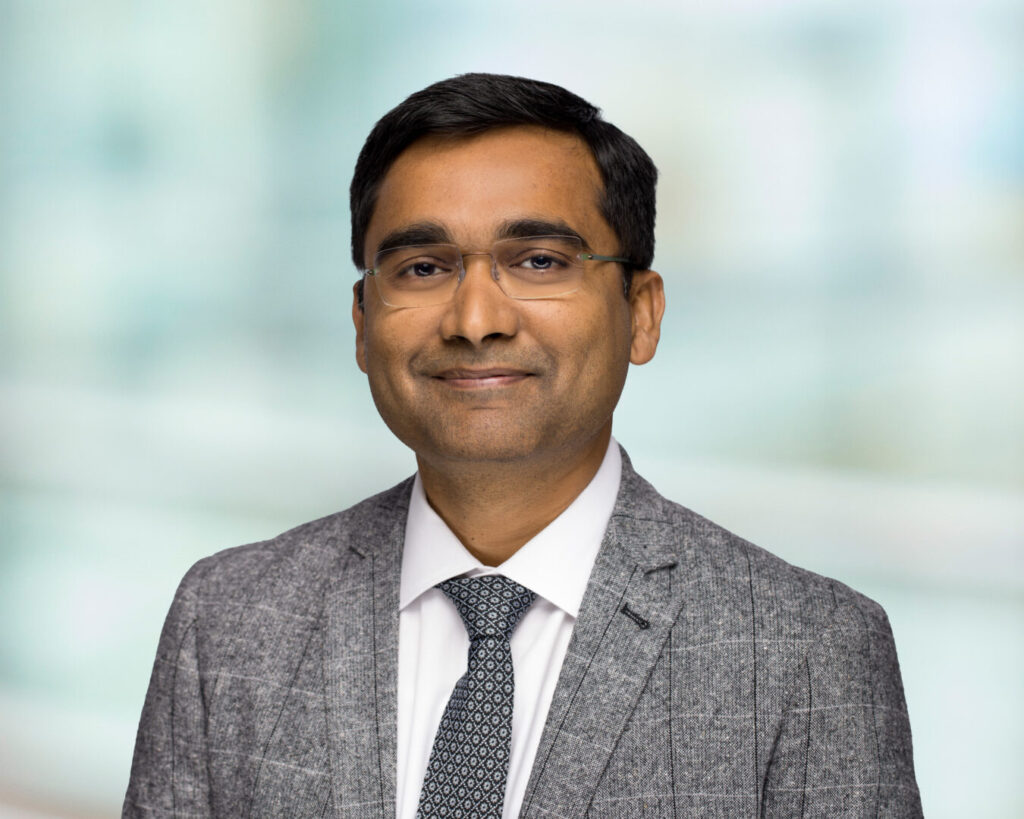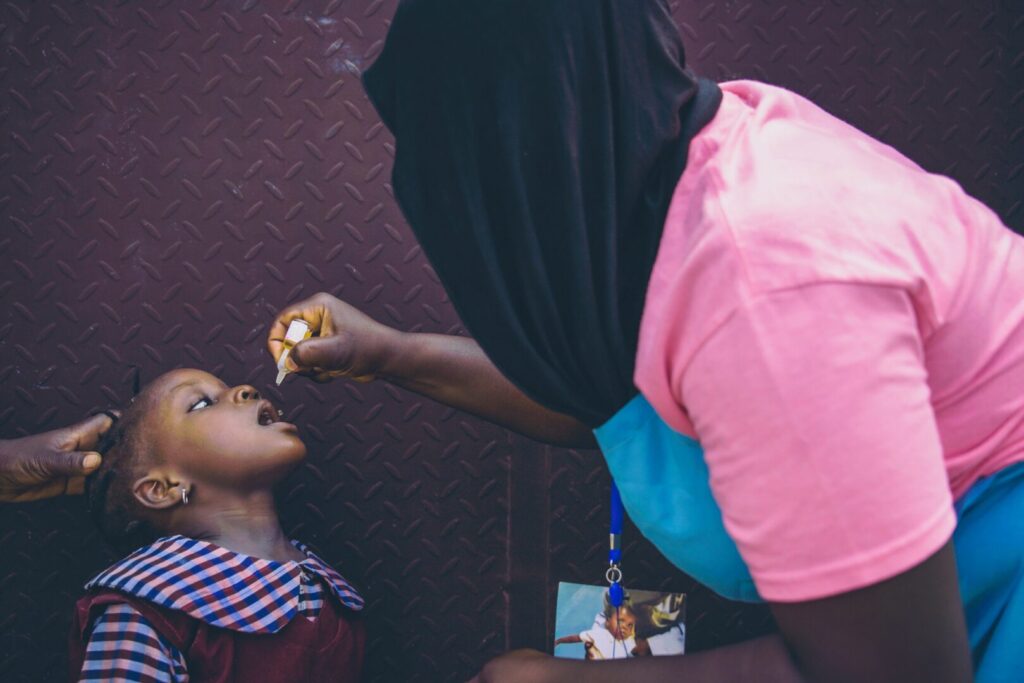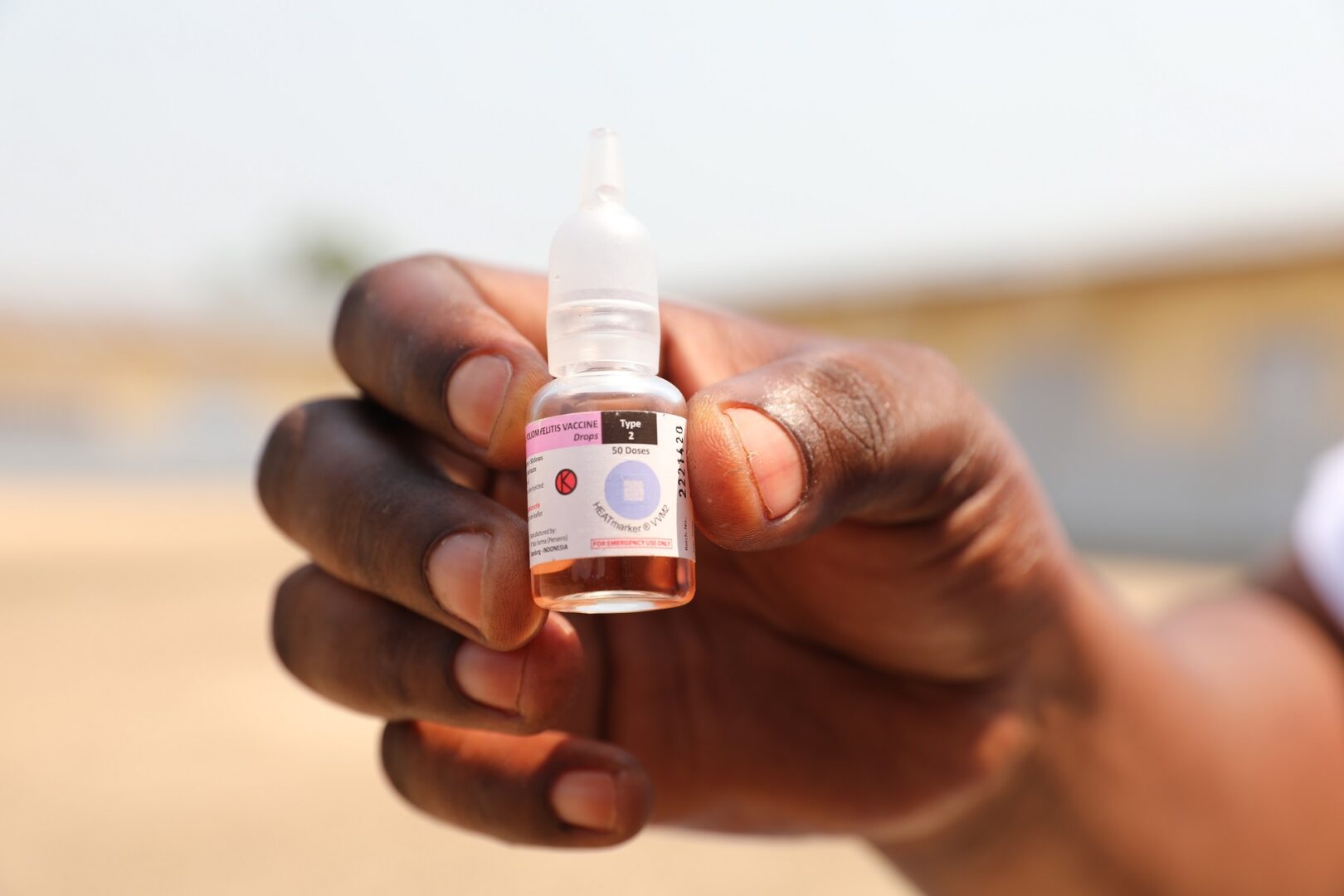Much of the world continues to grapple with plenty of residual pandemic stress. Today’s concerns of contagion, though, are nothing new.
In the first half of the twentieth century, many parents in the U.S. faced down a different fear with far fewer tools and limited information: the terrifying paralysis and death caused by polio epidemics during the virus’s high season. Anxiety and restriction replaced the freedom and play of a “normal” summer. Children were locked indoors as families tried to shield them from a mysterious, paralyzing virus without vaccines or other prevention methods.
Thankfully, we now have incredible tools to fight this disease. Scientific innovation has brought us effective, lifesaving vaccines that have helped wipe out 99% of polio around the world. That’s a big deal. But polio variant outbreaks in some places still mean we need fresh ideas and nimble approaches. New tools can help stamp out remaining forms of polio so all parents, everywhere can know their children are safe, secure, and healthy.
That’s where Dr. Ananda Bandyopadhyay comes in, Deputy Director of the Gates Foundation’s Polio Technology, Research & Analytics team, where he drives global research and development initiatives to expedite polio eradication. His insights into an exciting new vaccine and other innovations give us new hope for the path to a polio-free, pandemic-prepared world.

Gates Philanthropy Partners: What role does innovation have to play in crossing the finish line to eradicate polio? What new tools do we have to fight this disease?
Dr. Bandyopadhyay: Innovation is key, not only to achieve eradication but to sustain eradication. Innovation has played a central role in getting us where we are today: moving from hundreds of thousands of people paralyzed before the Global Polio Eradication Initiative (GPEI) launched in the 1980s—to cornering the virus to just a few places around the world today. Over the last 18 months, there have been fewer than two dozen cases of wild poliovirus—a dramatic decline.
Essential to this progress are frontline workers, mostly women, who go door-to-door in their communities to vaccinate children against polio. The Gates Foundation focuses on innovation in eradication to ensure that the tools available are field-friendly and affordable.
There have been multiple examples that we’re excited about, of tools and interventions that have played a major role in stopping transmission in most parts of the world. These include geospatial mapping technology that has enabled us to understand the geographies that we serve with the polio vaccination campaigns—and to reach those unreached and unserved populations. There’s also the digitization of payments to frontline health workers delivering the vaccine, which helps to ensure that response campaigns are swift and efficient.
The one innovation I’m very excited about is the novel oral polio vaccine type 2, or nOPV2, which—following the basic principles—is affordable and easily deliverable. nOPV2 is a modified version of the existing vaccine, essentially a “next-gen” version that was authorized for emergency use by the World Health Organization. As we speak, health workers are helping to deliver nOPV2 across areas of the world experiencing type 2 poliovirus variant outbreaks.
Gates Philanthropy Partners: How does this “next generation” polio vaccine compare to the previous version, and how do you think it will change the game?
Dr. Bandyopadhyay: The previous version of the vaccine remains extremely effective. It has essentially helped us reach this last-mile status with so few polio cases and low transmission. Transmission has declined more than 99% because of it.
The new vaccine, nOPV2, has specific modifications in its structure to make it more genetically stable. There is promise that when it is used in outbreak response, the new vaccine could help to stop outbreaks more completely and sustainably. Here we’re talking about a variant poliovirus—a non-wild type of poliovirus that is circulating in several countries and can occur if polio immunization rates are low. We’ve seen outbreaks in Africa, the Middle East, and even Europe.
This new tool was rolled out in March 2021 as the first-ever vaccine to be authorized under the World Health Organization’s Emergency Use Listing, or EUL, process. It’s being used now in 21 countries. More than 360 million doses of the new vaccine have already been delivered by frontline workers to reach children who are at risk of these outbreaks.
This process is fascinating from the scientific perspective: seeing how modifications were made to an existing vaccine, building the structure of the manufacturing process, gaining the regulatory authorization based on clinical trials, and creating policy alignment on using the vaccine. And now it’s being rolled out to protect children everywhere!
It also shows how many people and organizations are involved in developing new health tools, starting from innovations in early research, where groups like University of California-San Francisco, the U.S. CDC, and the National Institute for Biological Standards and Control (UK) collaborated together, each bringing their unique expertise to nOPV2’s development. This partnership expanded further to engage collaborators across the world for clinical development, with agencies such as University of Antwerp; Fighting Infectious Diseases in Emerging Countries (FIDEC); PATH; International Centre for Diarrhoeal Disease Research, Bangladesh (icddr,b); and others joining in to advance the clinical evidence base generation and to inform regulatory pathways.
In addition, the manufacturing sector stepped in, with Bio Farma of Indonesia, to produce vaccines at a scale that matches the outbreak response need. Then, you have key partners of the Global Polio Eradication Initiative, or GPEI, including the Gates Foundation, which have played a pivotal role from the beginning. Finally, it comes down to the countries—and most importantly the frontline workers themselves.
This next-gen polio vaccine is exciting because it’s part of the journey of pushing the boundaries of scientific innovation. But the most important aspect is to keep this work aligned with the need in the field—including how we enable others to go out and complete the interruption of this variant.

Gates Philanthropy Partners: How has your team—and the Gates Foundation more broadly—played a role in moving toward eradicating polio?
Dr. Bandyopadhyay: This is the most exciting part. Here we’re talking about the many colleagues and collaborators within and outside the foundation.
At the global level, the Gates Foundation is part of Global Polio Eradication Initiative. Initially, GPEI’s partners were Rotary International, WHO, UNICEF, and the U.S. CDC. The foundation joined in 2007, followed by Gavi, the Vaccine Alliance, in 2019. We provide funding and technical assistance to several pieces of the work for polio eradication, while simultaneously supporting policy and advocacy work on a global level.
In developing nOPV2, the foundation has played a pivotal role from the start, including the initiation of this concept of a modified next-gen vaccine. We also worked to bring research partners together to support clinical development and funding, all the way through manufacturing at scale. And we are also involved in the overall rollout being undertaken by GPEI and country partners.
Within the foundation, many teams—from Polio to Vaccine Development and Surveillance, to Discovery and Translational Sciences, to Policy and Advocacy and many more—have played a big role in developing nOPV2 and overall innovation to eradicate polio. Then, there’s my own team within the Polio team, where we focus on technology, research, and analytics.
Our focus is to look at innovative options that would accelerate the path to eradication—to get to where no child is ever paralyzed again. We also look at how to sustain eradication via tools like nOPV2, other antivirals, and even other vaccines, including other types of inactivated polio vaccines. We’re even looking at polio diagnostics to see if we can detect outbreaks earlier and, thereby, respond more promptly.
It’s an exciting space, and the most exciting part for me is the impact: how such tools are working in the field and helping frontline workers. That’s what motivates me and all of us.
Gates Philanthropy Partners: As the world continues to address COVID-19, the Gates Foundation is expanding its focus to pandemic preparedness and response. Where do you see this aligning with existing work in polio?
Dr. Bandyopadhyay: There are so many overlaps. Polio is a public health emergency of global concern, along with the current COVID-19 pandemic. Any investment in polio eradication is an investment in health systems at large and would have a long-lasting impact in saving lives. Taking pandemic preparedness as an example, the fact that nOPV2 was the first-ever vaccine authorized under EUL shows how vaccines like this have paved the way for other vaccines, including for COVID-19, to be quickly and safely made available for use.
There are also many prior innovation examples of how the polio program has made progress in other areas, including the control of pandemics and epidemics. You can go back to Ebola outbreaks in West Africa in 2014 and 2015, where the polio infrastructure was used to mount an initial response.
Concretely, there’s the COVID-19 pandemic itself. In 2020, there was a four-month pause of polio eradication campaigns and activities. Polio resources and health workers pivoted to focus on pandemic response and preparedness. For example, the massive Global Polio Laboratory Network helped in the initial part of the detection of the pandemic.
Since it’s also an infectious disease and a health emergency in itself, investing in polio and sharing the lessons learned will have a huge impact on how we address future pandemics. Pandemic preparedness is very much a central part of the new polio eradication strategy.
We can also look at how polio eradication has helped different public health responses and how it can help in the future for upcoming responses. There is a huge focus to integrate these approaches and ensure the polio delivery activities are aligned with other activities, such as vitamin A supplementation; maternal, newborn, and child health; and education.
Gates Philanthropy Partners: How can the world take action to reach the finish line?
Dr. Bandyopadhyay: We’ve made so much progress, but there are challenges ahead. The fight against polio has always been a story of partnerships. We need to ensure there is strong donor support to enable every frontline worker to vaccinate their communities and reach the last child. To that end, GPEI launched an investment case to raise $4.8 billion in order to fully implement its polio eradication strategy. This funding is critical to complete the job and deliver a world free of polio.

